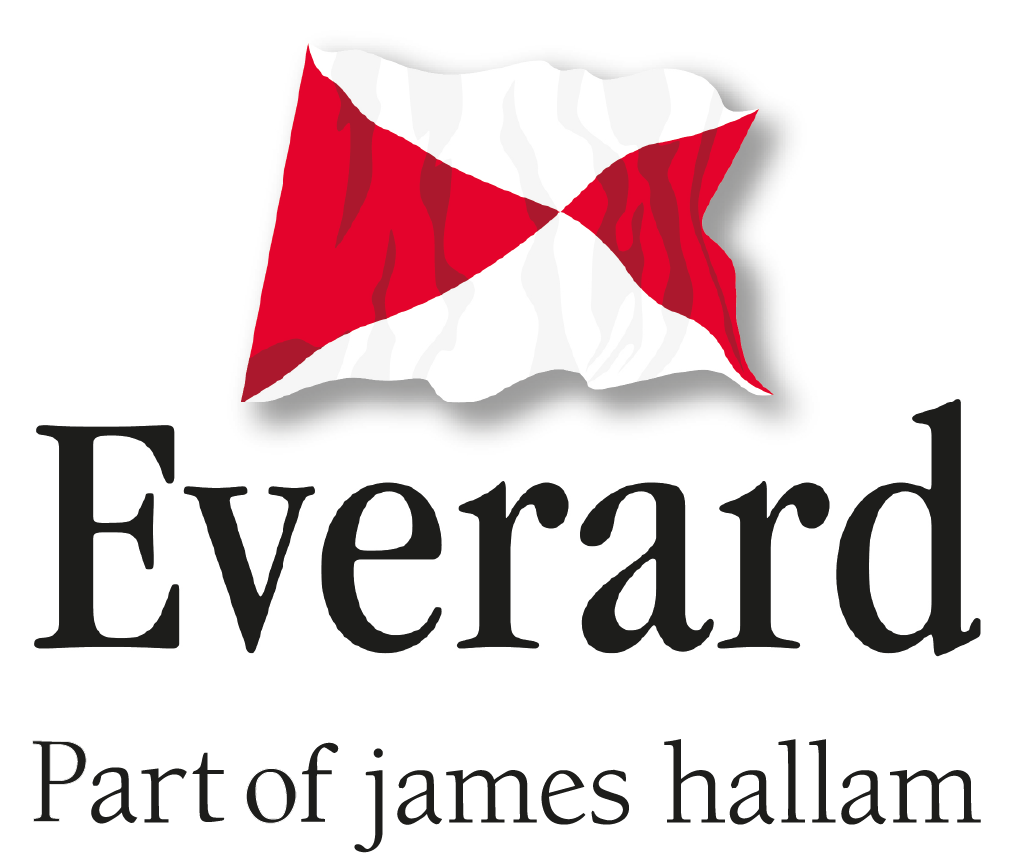
Marine insurance policies cover businesses for various different kinds of losses. In this post we will explain what constructive total loss is, and how it differs from other types of loss.
What is Constructive Total Loss?
In the marine industry, insurers will consider constructive total loss (CTL) following significant damage to ships or cargo. Specifically, they will consider CTL when the cost of repair would be greater than the ship or cargo’s insured value.
Most marine insurance policies will specify a percentage of insured value that will trigger a CTL situation. This is usually around 75% of the insured value of the ship or cargo. If the cost of repairs or recovery exceeds this percentage, it can automatically trigger a CTL situation.
In a CTL situation, the insurer may offer a settlement that is equal to the cargo’s value, having subtracted certain charges. If the ship or cargo owner does not want to accept this settlement, they may instead retain the damaged cargo along with a lower settlement.
When Will Marine Insurers Consider Constructive Total Loss?
Marine insurers will only consider CTL if the circumstances leading to the loss meet certain criteria, including:
- The ship carrying the cargo is stranded or grounded. If it cannot take to sea again, or if the cost of doing so would be prohibitively expensive, the insurer may consider a CTL settlement.
- A natural disaster, such as a hurricane or a cyclone, damages the cargo beyond repair.
- A man-made disaster, such as a collision with another ship due to human error, leads to significant damages that would cost more to repair than the amount insured.
What is Actual Total Loss in Marine Insurance?
CTL applies to situations where cargo is significantly damaged, but it remains, in theory, repairable or recoverable. Another type of loss – actual total loss (ATL) – applies to situations where the cargo is so severely damaged that repair or recovery is simply not possible.
Examples of ATL situations include natural or man-made disasters that result in irreparable damages, such as fires, flood, hurricanes, explosions, or collisions. If the ship is hijacked, or the cargo is stolen, it may also constitute an ATL situation, as it may become impossible to recover the cargo.
In an ATL situation, the policyholder is entitled to receive a settlement that is equal to the ship’s or the cargo’s full value.
What’s the Difference Between Constructive Total Loss and Actual Total Loss in Marine Insurance?
If you experience significant losses as part of your marine business, depending on the specific circumstances of your case, your insurer can either declare it as a CTL or an ATL. Broadly speaking, they will declare it a CTL if the cost of repairs or recovery is prohibitively high, and an ATL when repairs or recovery is essentially impossible.
For example, if a ship is stranded, and it would cost too much to recover it, the insurer will declare it as a CTL situation. But if the ship sinks, or if it is damaged in such a way that it is no longer seaworthy, the insurer will declare it to be an ATL situation.
Another key difference between the two situations is who takes ownership of the wreckage. In an ATL situation, the insurer will take ownership of any wreckage or insured cargo. Yet in a CTL situation, the policyholder has the option of retaining ownership in exchange for a reduced settlement.
Claiming For Loss on Your Marine Insurance Policy
Claiming for ATL is relatively straightforward. You need to file a claim with your marine insurance company, who will then work to confirm your loss, and pay you the full value of the lost or damaged property as a specified in your policy wording. As part of this, you may need to provide proof of ownership, along with evidence of the property’s value.
Claiming for CTL can be a bit more complicated. Upon making a claim, you have the option to surrender your ownership of the property to your insurer, who can then sell the property as salvage, using the proceeds as part of your settlement. Alternatively, you can choose to retain ownership of the property so as to salvage it yourself, on the understanding that your insurer can deduct this salvage value from your settlement.
If you are facing a CTL situation, be sure to check your policy wording, and to talk to your insurers, before you make a claim, so as to be sure of your rights and responsibilities.
Worried About Losses at Sea? We Are Here to Help
If you are worried about your rights and responsibilities following significant losses, then we are here to help. Everard Insurance Brokers are the specialist marine trading division of James Hallam Limited who are accredited Lloyd’s brokers. We have a dedicated team of experienced insurance professionals who are committed to protecting your marine business and have a deep understanding of every aspect of the maritime industry, and the various insurance implications.
Find out more about our specialist marine insurance services.

